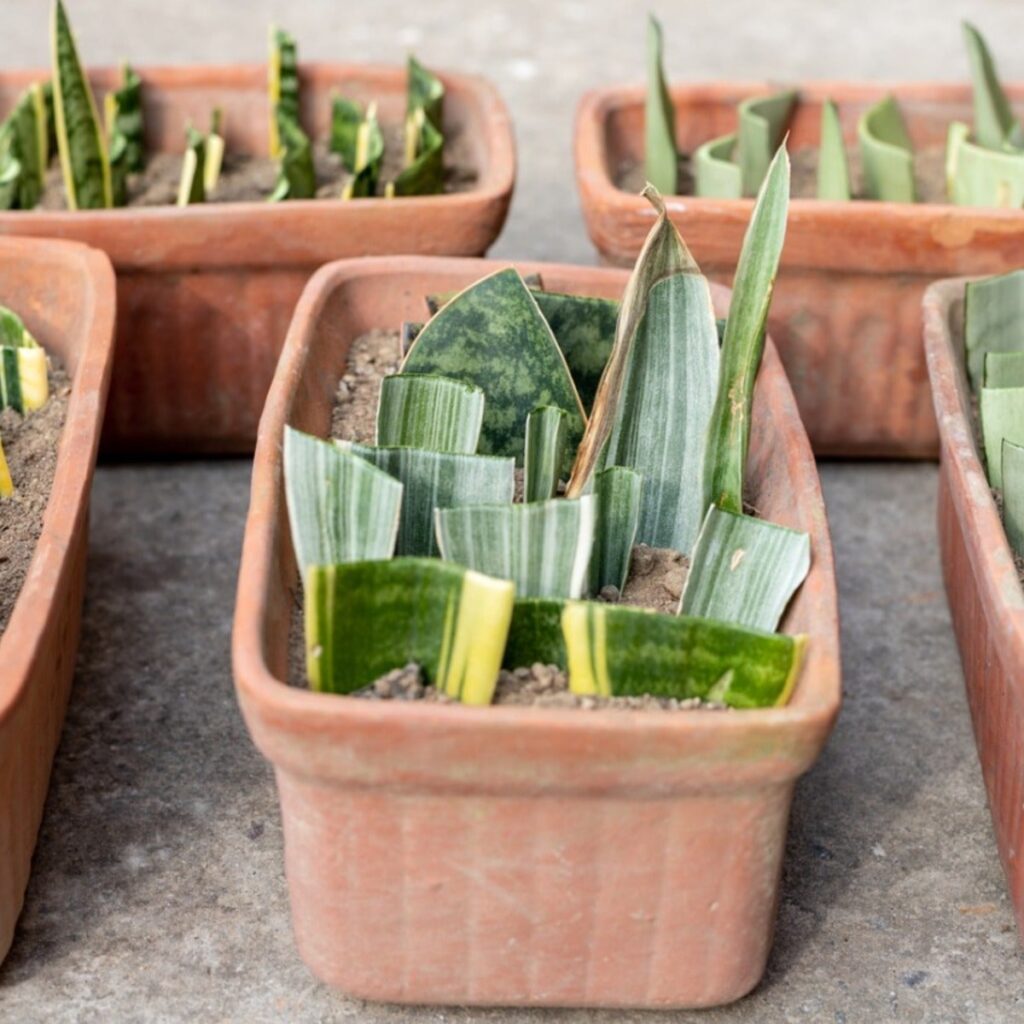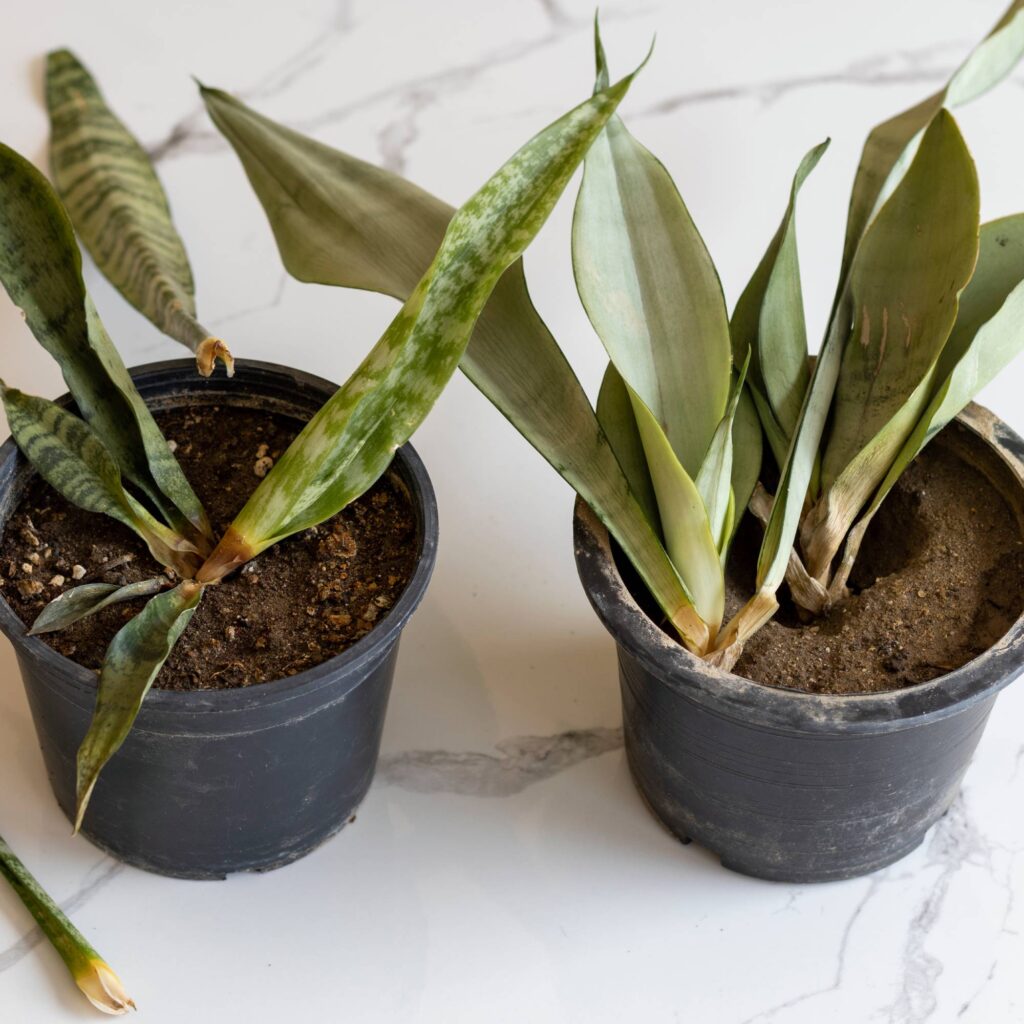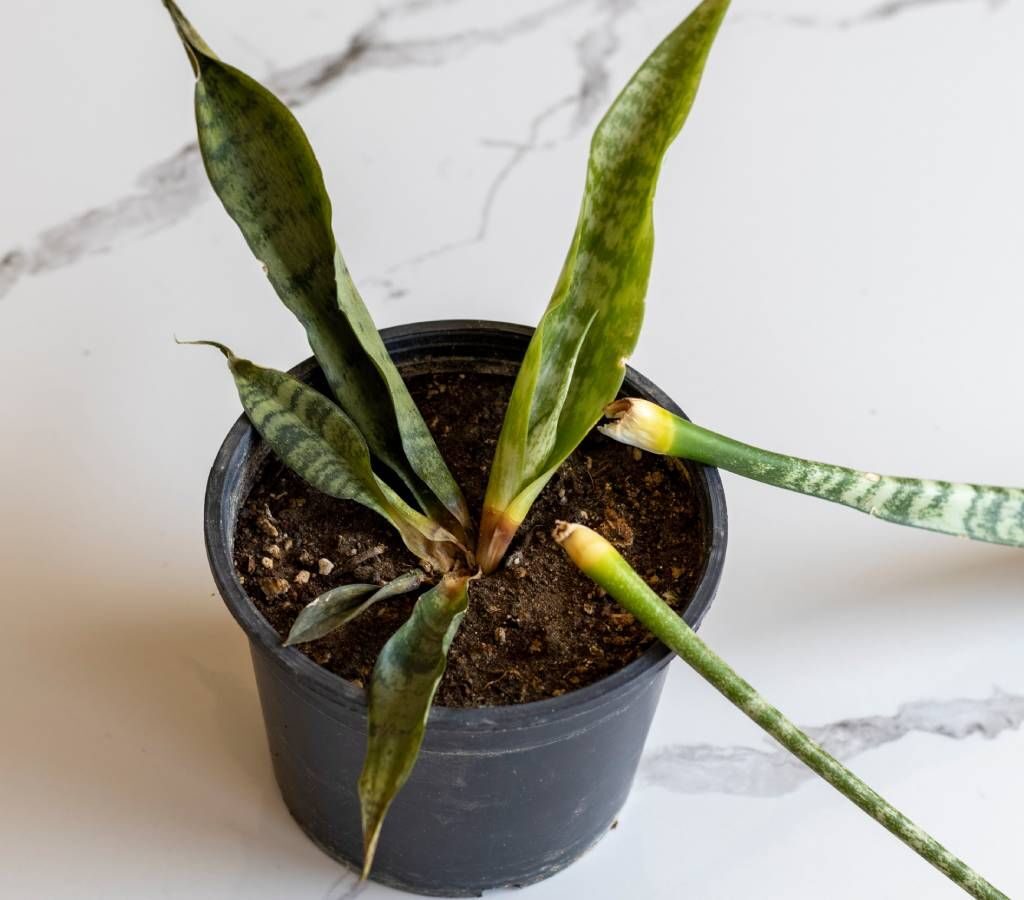Snake plants (Sansevieria trifasciata), also known as mother-in-law’s tongue, are among the easiest and most resilient indoor plants you can grow. Their architectural, upright leaves and air-purifying abilities make them perfect for homes and offices alike. But despite their hardy nature, snake plants have one major vulnerability — overwatering.
Overwatering is the number one killer of snake plants. Native to arid regions of Africa, snake plants are adapted to dry conditions and require minimal water. If overwatered, they become prone to root rot, leaf damage, and ultimately plant death. The challenge for many plant owners is that snake plants often give subtle signs of distress, and by the time issues become visible, the damage might already be advanced.
In this comprehensive guide, we’ll explore how to identify overwatering in snake plants, understand its causes, and learn how to save your plant before it’s too late.
Why Snake Plants Are Sensitive to Overwatering

Snake plants naturally thrive in well-drained, sandy soils in dry climates. Their thick, fleshy leaves store water, allowing them to survive extended periods of drought. However, their roots are highly sensitive to soggy or poorly aerated soil.
When the soil stays wet for too long:
- Oxygen levels around the roots decrease.
- Root tissues begin to suffocate and break down.
- Fungal and bacterial infections like root rot can develop.
- The plant struggles to absorb nutrients properly.
This is why even a well-loved snake plant can quickly decline if its watering schedule isn’t properly managed.
10 Clear Signs of Overwatering in Snake Plants
Let’s break down the key signs you need to watch for to catch overwatering issues early.
Yellowing Leaves
One of the first signs of overwatering is leaf discoloration. The healthy, deep green color of the leaves fades to a pale yellow or blotchy appearance. This happens because waterlogged roots can’t supply the nutrients and oxygen the plant needs.
Soft and Mushy Leaves
When leaves feel soft, mushy, or soggy to the touch, it’s a serious warning sign. Overwatering causes cells in the leaves to burst, resulting in a waterlogged texture. This typically starts at the base and works its way up the leaves.
Foul Smell from Soil
Healthy soil should have a fresh, earthy aroma. If you notice a musty or sour odor when you get close to your snake plant, it’s likely a sign of root rot caused by excess moisture.
Leaf Tip Browning
Although browning leaf tips can be caused by low humidity, overwatering also leads to this symptom as roots deteriorate and fail to support healthy leaf tissue.
Wilting Despite Moist Soil
A classic contradiction: the plant looks wilted, limp, or droopy even though the soil is still wet. This indicates the roots are unable to uptake water due to rot or suffocation.
Roots Turning Brown or Black
If you suspect overwatering, gently remove the plant from its pot and check the roots. Healthy roots are firm and white. If they appear dark brown, mushy, or smell foul, root rot has set in.
Soil Remaining Wet for Too Long
Snake plants prefer their soil to dry out completely between waterings. If the soil stays damp for days after watering, it’s retaining too much moisture — a recipe for overwatering issues.
Water Blisters on Leaves (Oedema)
Overwatering can cause small, translucent, blister-like bumps on the leaves due to water pressure building up in leaf cells faster than it can be released.
Stunted Growth
When roots are damaged by excess water, the plant lacks the energy to produce new leaves. If your snake plant isn’t showing new growth during the growing season (spring and summer), check your watering habits.
Leaf Drop
Severely overwatered plants may begin to drop leaves from the base. This is a late-stage symptom indicating that root rot and plant stress have become severe.
Common Causes of Overwatering Snake Plants

To prevent overwatering, it’s important to understand what typically causes it:
- Watering too frequently without checking soil moisture.
- Using pots without drainage holes.
- Soil that retains too much moisture (heavy, clay-rich, or non-aerated mixes).
- Low-light conditions slowing down water uptake.
- Improper watering technique, like soaking the entire pot rather than watering moderately.
How to Save an Overwatered Snake Plant

If you’ve identified signs of overwatering, here’s a step-by-step rescue plan:
1. Stop Watering Immediately
Let the soil dry out completely. Hold off on watering until the top 2–3 inches of soil feel completely dry.
2. Remove the Plant from Its Pot
Carefully take your snake plant out of its pot to inspect the roots and soil. This allows you to assess the extent of the damage.
3. Trim Off Rotten Roots and Leaves
Use sterilized scissors to cut away any soft, brown, or black roots and remove mushy or badly damaged leaves.
4. Repot in Fresh, Well-Draining Soil
Prepare a new pot with a well-draining succulent or cactus soil mix. You can improve drainage by adding perlite, pumice, or coarse sand. Make sure your pot has drainage holes.
5. Let the Plant Air Out
Allow the plant to sit out in a shaded, airy spot for a few hours before repotting to help dry out any remaining moisture.
6. Water Sparingly
After repotting, wait a few days before watering lightly. Resume watering only when the soil feels completely dry to the touch.
Ideal Watering Routine for Snake Plants
The best way to avoid overwatering is to establish a careful, plant-friendly routine:
- Spring and Summer: Water every 2–3 weeks, depending on temperature and humidity.
- Fall and Winter: Water only once a month or less.
- Always use the “finger test” — insert your finger 2 inches into the soil. If it’s dry, it’s time to water.
Bonus Care Tips to Prevent Overwatering

- Use a terracotta pot for better breathability.
- Elevate your pot with a pebble tray to improve air circulation.
- Avoid placing your snake plant in dark, humid corners.
- Ensure any decorative outer pots also have drainage or remove excess water regularly.
- Use a moisture meter if you’re unsure when to water.
Final Thoughts

While snake plants are famously tough, overwatering is a silent danger that can catch even seasoned plant lovers off guard. By learning to recognize the early warning signs — from yellowing leaves to root rot — you can act swiftly to save your plant and adjust your care routine.
Remember, it’s always better to underwater than overwater a snake plant. These hardy beauties prefer a little neglect over too much attention. With a mindful watering schedule, proper soil, and a well-draining pot, your snake plant can thrive for years, purifying your air and beautifying your home effortlessly.





Leave A Comment